How Do I Get Pictures From My Canon Camera To My Computer?
22 Common photography problems (and how to fix them)
You never accept to be in incertitude ever again
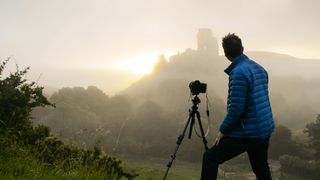
Common photography problems tin really take the enjoyment out of taking pictures. Every bit i of the more technical pastimes you tin can pursue, it can exist pretty confusing at times.
Whether you're just starting out or have been taking pictures for a while, chances are you go along encountering the aforementioned nagging problem. Don't worry though - you're not alone and this is where we come up in.
Nosotros've put together some of the most common photography bug you encounter and offered solutions to get round them, so y'all never take to be in dubiety ever again!
We've offered a mix of photographic camera tips, explanations, definitions and more than to help answer your questions. And we've also provided links, where advisable, to some of our photography tutorials roofing these problems in more depth.
Problem No. 1: Will changing lenses mean I stop up with dust on the photographic camera sensor?
And so much has been said about 'dust bunnies' (small particles of grit that can land on your photographic camera's sensor and cause dots in images) that many DSLR and mirrorless photographers seem paranoid almost changing lenses. Withal being able to use the best lens for any detail shot is one of the best attractions to DSLR and mirrorless photography.
Don't be afraid to change lenses when you lot need to, merely take a few precautions. Ever switch the camera off, as this removes whatsoever static charge from the sensor that can concenter dust particles. Where possible, choose a dust-free, non-windy location when irresolute lenses besides. If that'southward not possible, at least shield yourself from the current of air.
Next, go the replacement lens ready to fit then that y'all don't accept to waste time with the camera internals exposed. Finally, keep the photographic camera's lens opening pointing downwards when changing lenses, to minimise the take chances of annihilation falling into it.
Problem No. 2: Should I use a skylight filter on my lens?
Skylight filters have ii jobs. 1 is to reduce the cool, slightly blue color cast that yous might see in some of your shots, especially those taken in shade under a bluish heaven. With the sophisticated white balance abilities of today's cameras, this is less critical than information technology was when photographers were using motion picture (especially slide picture show).
Yet, skylight filters play a second part, protecting the front element of the lens from accidental scratches and splashes. If your camera resides permanently in an orderly studio, this might non be an issue, but if you lot practise nearly of your photography in the great outdoors, it certainly will be. Replacing a filter is a lot cheaper than writing off a lens!
- Learn more: five essential photography filters
Trouble No. 3: Should I Delete All or Format to remove pictures from a memory menu?

Formatting the carte du jour is quicker, so is most e'er the better selection. However, if images are 'Protected' during playback, they won't be erased when you printing Delete All but volition exist wiped if you format the card. Yous can flag photos equally 'Protected' by pressing the advisable button.
Problem No. 4: Should I use Continuous or Machine Reset for file numbering?
Nosotros tend to stick with the Continuous file numbering option because, even after removing a memory bill of fare, copying the files and then formatting information technology, the numbering system will conduct on from where it left off. This is also true when swapping retentivity cards. The advantage is that, even over long periods, all of your photographic camera'due south prototype files will take unique file names.
Trouble No. 5: What'due south the difference between raw and JPEG epitome quality settings?

Put simply, it'south all-time to think of JPEGs every bit high-street prints and raw files equally negatives. You photographic camera's already applied an number of adjustments to a JPEG file, as well as compressing it at the same time.
A raw file lets you brand all those artistic choices, allowing you lot to control exposure, white remainder, color mode, saturation, contrast, sharpening, as well as a host of other settings. Information technology'southward more time consuming, and you'll need to employ a raw converter like Photoshop Lightroom, but the results are worth information technology.
- Learn more: The A to Z of Photography: Raw
Problem No. 6: Should I use sRGB or Adobe RGB?
The Adobe RGB color space was developed to enable the largest gamut when printing an RGB prototype on a CMYK printer. The sRGB colour space ('south' stands for standard) is best for viewing images on a screen or distributing them electronically. It'due south also the all-time selection for inkjet printing, fifty-fifty if y'all're sending your files to a printing lab.
Problem No. seven: Many of my indoor photos have a nasty yellow cast. Am I doing something wrong?

The likely crusade of this is an inaccurate white residue. The Auto White Rest setting of DSLRs typically does a good job of reacting to varying daylight conditions, such as bright sunshine, cloudy skies or shade, but the color temperature of indoor lighting generally falls exterior of the range covered. The usual result is that interiors lit by general-purpose lights accept a nasty yellow colour cast.
The quickest remedy is to change your camera's white balance setting from Automobile to Tungsten (also called Incandescent on some cameras) if you're shooting under standard interior lights, or the Fluorescent setting for strip lighting.
Things get trickier when yous have a mix of lighting - when daylight is streaming in through a window and yous've got interior room lights switched on as well, for example. If you accept fourth dimension, you might want to experiment with your white balance settings, just our recommendation would exist to shoot in raw. Every bit we've mentioned above, unlike JPEG files, it's easy to alter the color temperature of raw files at the editing stage.
- Learn more: The A to Z of Photography: Kelvin
Problem No. 8: I took some sunset photos, but they don't look very colorful. Why is this?
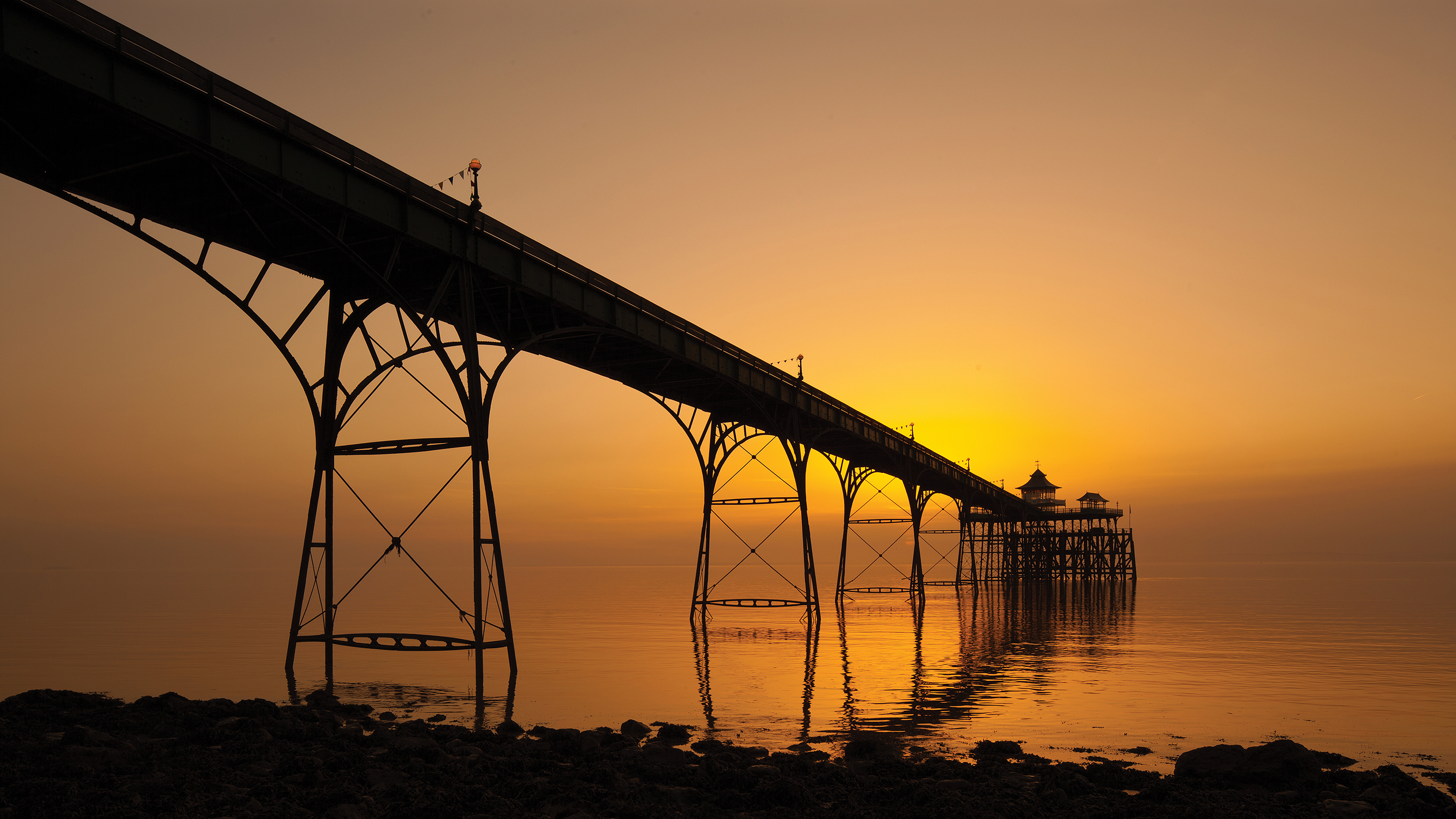
The problem is that the auto white residual of digital cameras will typically endeavour to abolish out any shift in color temperature, with the aim of producing results that are more than neutral. As a result, the AWB setting can leech all the orange light out of sunset and sunrise shots, giving rise to insipid, neutral images as a result.
The solution is to switch to a preset white residuum way. The regular Daylight or Sunlight setting will oft yield fairly accurate results, but the best way to emphasise the aureate quality of low-level sunlight is to change to the Cloudy white balance setting. Moving to the Shade setting will further exaggerate orangish hues.
- Learn more: The best camera settings for sunset photography
Problem No. 9: Why are some of the ISO ratings on my camera unavailable as standard settings?
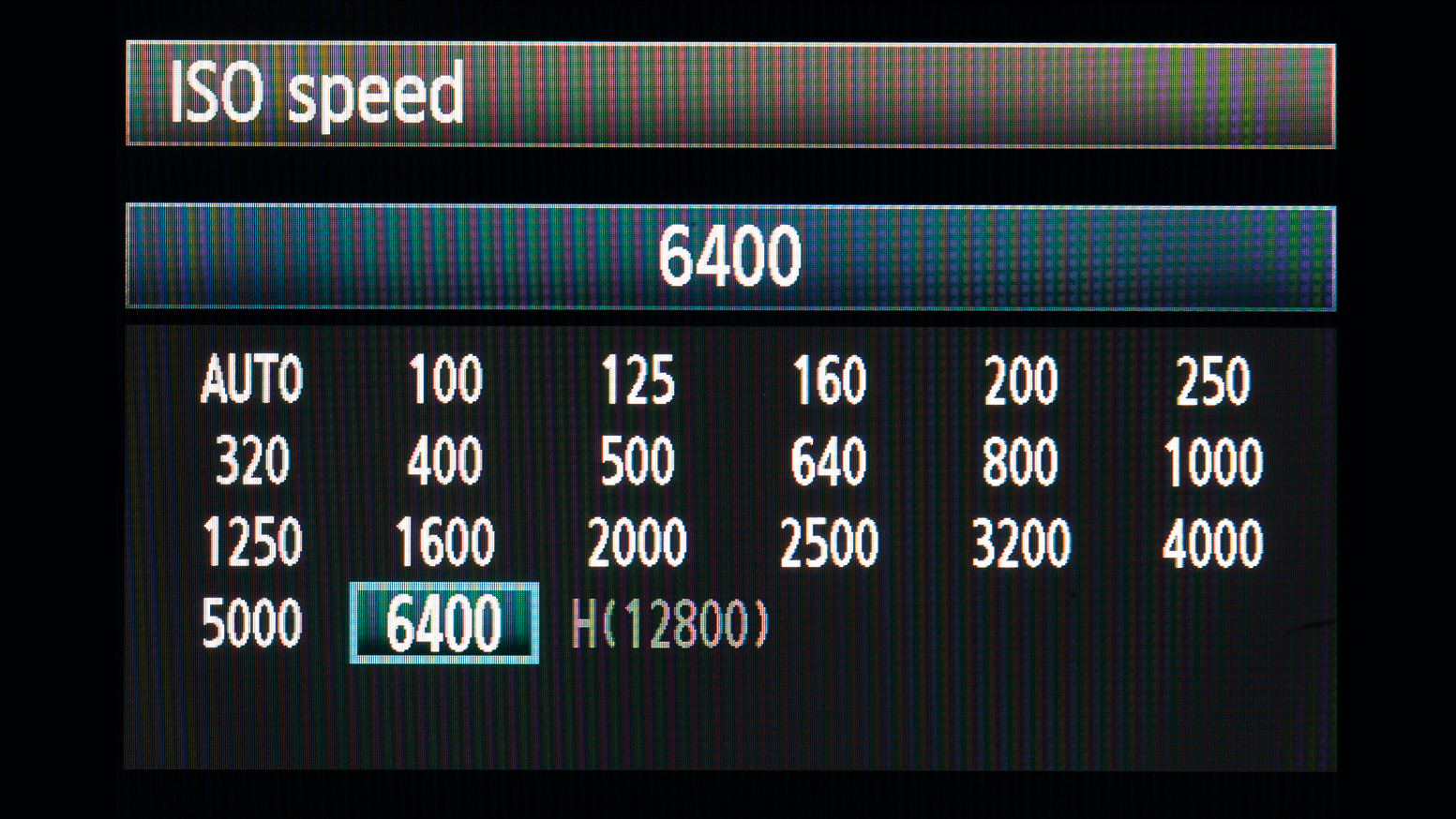
Many cameras dissever their total sensitivity range into standard and 'extended' ISO sections.
This means cameras evangelize optimum epitome quality in their standard ISO range, with maximum detail and the least corporeality of digital epitome dissonance at their base ISO settings - commonly either ISO100 or ISO200.
At the extended range, even more 'gain' is practical (think of it like turning the volume upwardly on a Howdy-Fi, and so organization noise becomes more credible) than in the standard ISO range, which results in more digital grain.
This does give you some flexibility in poor lighting weather condition, but be prepared for paradigm quality to be noticeable poorer than if you were shooting in your photographic camera'due south standard range.
At the other end of the scale, low ISO settings that are one stop below the base sensitivity of the camera are sometimes available. These are handy if you want to use a large aperture to minimise depth of field, or create motion blur with a deadening shutter speed.
The trade-off is that you'll typically lose about one stop of dynamic range in the highlights, so they'll launder out to white more readily.
Problem No. 10: I've used the smallest aperture on my lens to get everything abrupt, only the movie looks soft - accept I washed something incorrect?
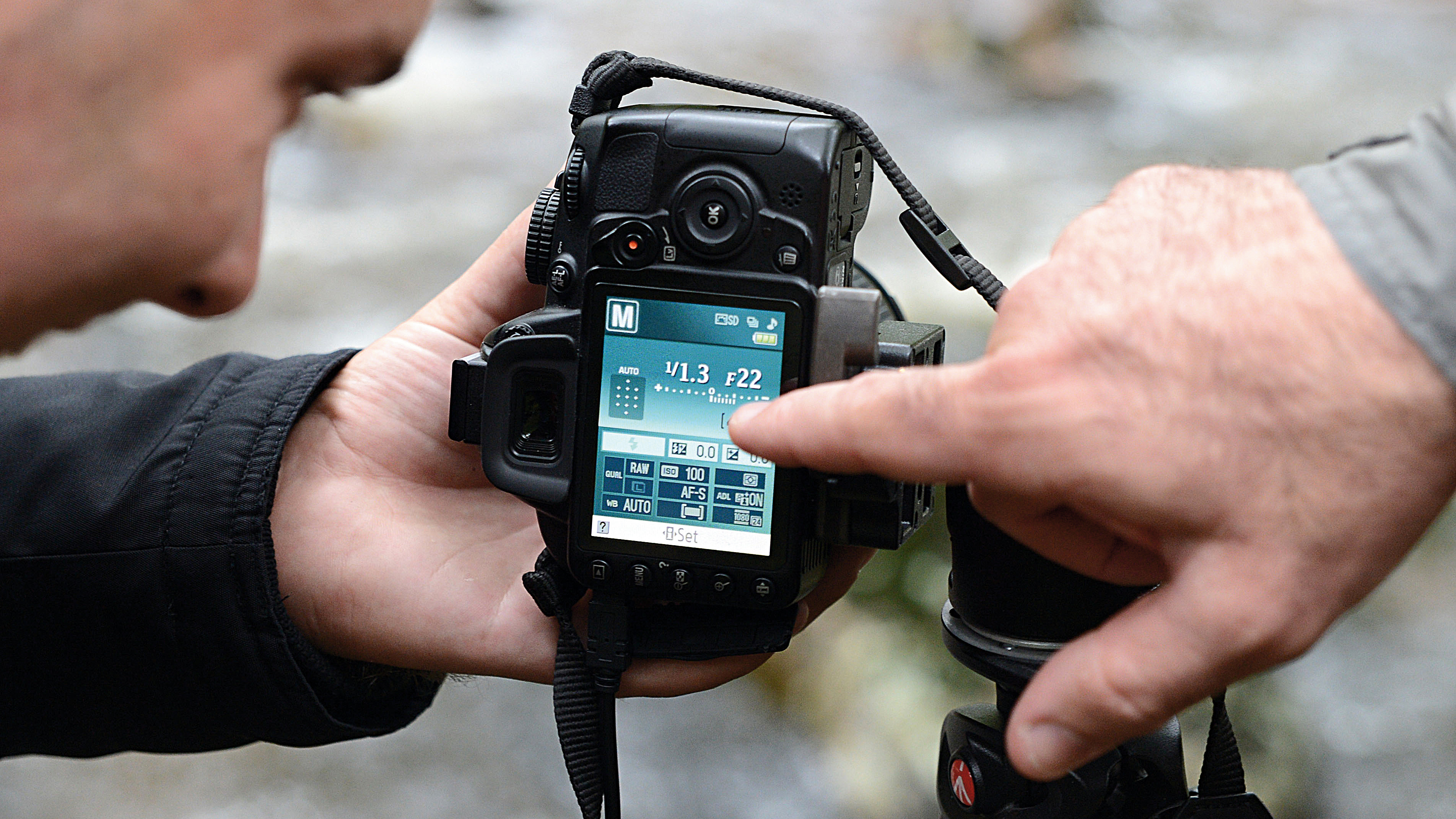
Most lenses take a minimum aperture of f/22, although some (such equally macro lenses) offer an even smaller setting of, say, f/32. Simply why is the minimum aperture of a lens rarely listed alongside the focal length of a lens, as its maximum aperture is?
This is considering the smallest discontinuity is rarely recommended to exist used, equally this setting leads to softer, lower contrast images caused by an optical phenomenon known equally diffraction.
Diffraction occurs when low-cal waves entering the lens are 'bent' by the hard edges of the aperture. Every aperture setting causes this, simply the bending is generally minimal. Notwithstanding, as the apertures gets smaller, the effect becomes more significant.
At the smallest aperture, the light waves are aptitude and spread out and so much past the aperture blades that the paradigm appears fuzzy, even though it's been focussed correctly.
So, while a lens's smallest discontinuity might enable you to maximise the depth of field when yous're photographing landscapes, the resolution volition deteriorate. Try opening upwardly a one-half or one full stop instead to amend pic quality.
Problem No. eleven: My zoom lens says it's 'macro' but I tin can't go anywhere near as close to subjects as I can with my meaty camera. What's going on?
Truthful macro lenses have a reproduction ratio of 1:1, which means they can image a subject field the same size equally the camera's sensor; on most DSLR and mirrorless cameras, this is about 24 x 16mm. Many 'macro' zooms avowal ratios nearer ane:iv, so the smallest possible subject is nigh credit-carte size.
It's true that many compact cameras do permit shut focusing, but they only practise so with the lens at its broad-angle setting. So the smallest field of study they can capture isn't as small as you might call up. It tin can also be hard to get enough light on the discipline, which ends up in the photographic camera's shadow. A slightly longer working distance is much more than practical.
- Learn more: Macro lenses: how to cull one, and how to employ it
Problem No. 12: Some of my shots are blurred, particularly at longer zoom settings. How do I avoid information technology?

Camera shake is something that becomes more problematic with longer focal lengths. The easiest mode to avert information technology is to use faster shutter speeds, even if this requires increasing your camera's sensitivity (ISO) setting.
A general dominion of thumb is that the shutter speed should be faster than the focal length you're shooting at, then for case, if you're shooting with a 200mm equivalent lens, you lot shouldn't shoot whatsoever slower than 1/250 sec or you risk camera shake ruining your shot.
Epitome stabilisation can as well be a large help in reducing camera milkshake. With a iv-terminate stabilizer you tin can expect consistently good handheld results when using a 400mm lens even when reducing the shutter speed from 1/500 sec to 1/thirty sec.
- Learn more: 10 reasons why your photos are blurry
Problem No. 13: Which autofocus mode should I use?
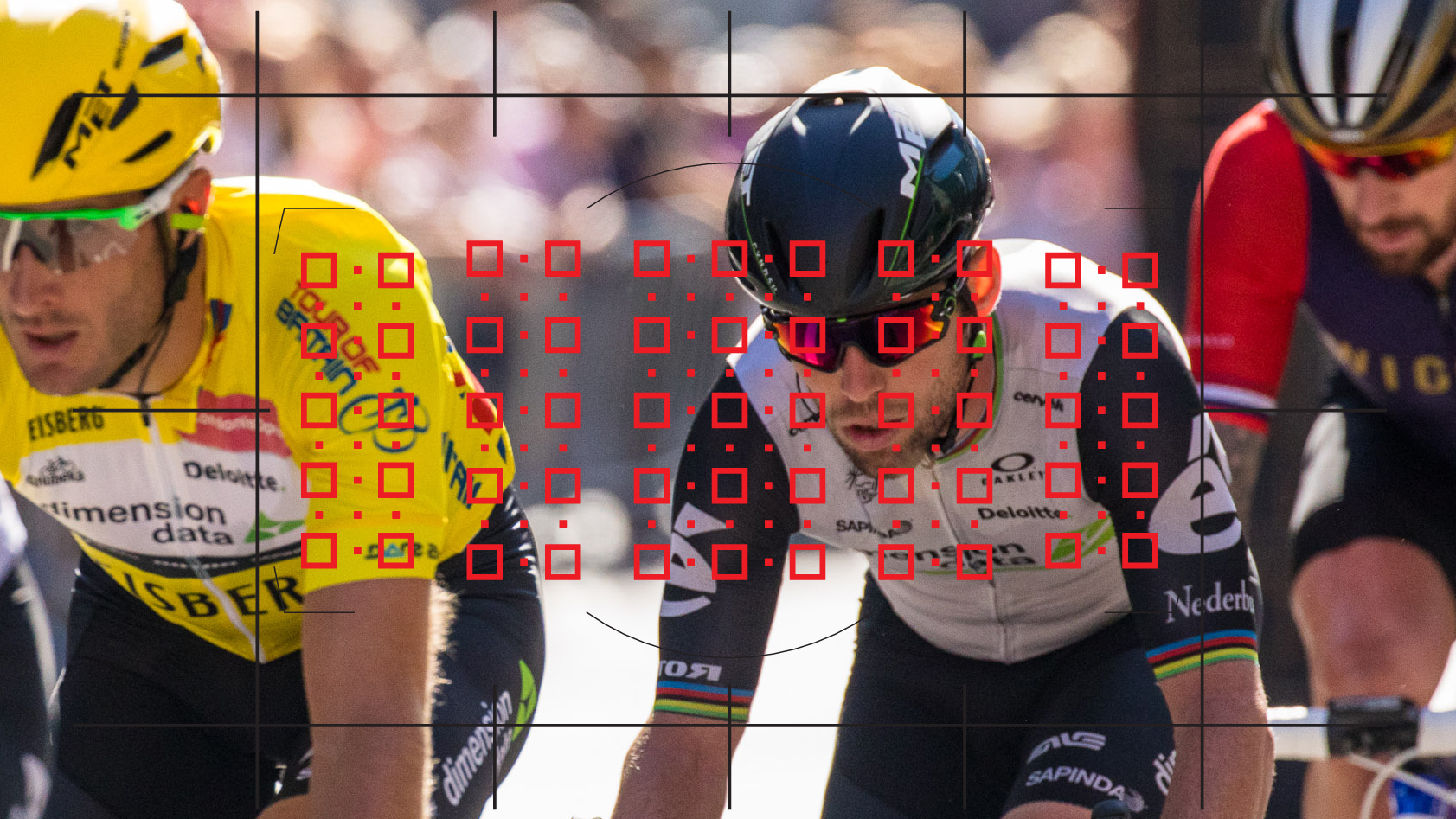
Most cameras featurre 2 basic autofocus (AF) modes: Single and Continuous (though Canon helpfully calls them One-shot and AI-Servo).
For full general shooting, single mode works all-time because autofocus locks onto its target when you utilise a light press to the shutter release button and remains fixed while you maintain the light press, until fully pressing the push button to take your shot.
Continuous autofocus manner is better for moving targets, because focus continually tracks subjects, though how successful that will be is dependent on the sophistication of your camera's AF arrangement.
- Learn more: 10 surefire ways to get your sharpest-ever shots
Problem No. 14: I notice manual focusing quite hard. Is there a way of getting more precise results?
If you lot're using a DSLR, try and avoid using the optical viewfinder, and instead apply the camera'due south rear brandish to frame shots and focus manually. You'll discover well-nigh cameras feature magnification options for really precise focusing.
Some cameras likewise characteristic a Focus Peaking, with areas in-focus highlighted on the camera'due south display (or electronic viewfinder).
- Acquire more: Observe how to primary manual focus
Problem No. xv: If my photos are coming out also calorie-free or besides night, how practice I fix them?

This is where the exposure compensation part of your camera comes in. Past pressing the button marked '+/-' and rotating your photographic camera'southward control dial, you can correct the meter's interpretation of the scene.
Your camera's exposure level scale, measured in stops, is visible in the viewfinder and LCD screen(due south), and this is your visual guide to getting it right. The marker in the middle of the calibration represents the 'correct' exposure, co-ordinate to the exposure meter. As you rotate the dial, you'll encounter an indicator marker motion up and down the scale.
When it moves towards the '+' finish of the scale, you're making the image brighter; plough the dial in the other direction and the marker moves towards the '-' stop of the scale, making the picture darker.
If you're using an optical viewfinder, you won't see this alter happening to the image as you lot do this, simply the effects of exposure compensation are simulated in live view and electronic viewfinders (EVFs).
Of course, the amount of compensation yous may need to apply depends on various factors, such as the tone of the subject, the lighting and the type of metering beingness used.
- Learn more: The A to Z of Photography: Exposure compensation
Problem No. xvi: In many of my landscape shots, either the ground is too nighttime or the sky is as well bright. What am I doing wrong?
Stake skies are usually much brighter than the land, and so if the footing is correctly exposed the sky will launder out. This is because the dynamic range (the range of light intensities from the darkest shadows to the brightest highlights) of the scene is wider than what the sensor can capture in a single shot.
The simplest solution is to utilize a neutral density (ND) graduated filter to balance the exposure - yous can read our guide below, otherwise, shoot in raw and information technology can exist possible to recover lost detail in the sky. Try and under-expose the scene slightly to retain highlight item.
- Buying guide: Best ND grad filters: 6 acme models tested
Problem No. 17: I've often seen examples of these long exposure landscapes, but I tin never seem to become a sufficiently slow shutter speed. Can yous assist?
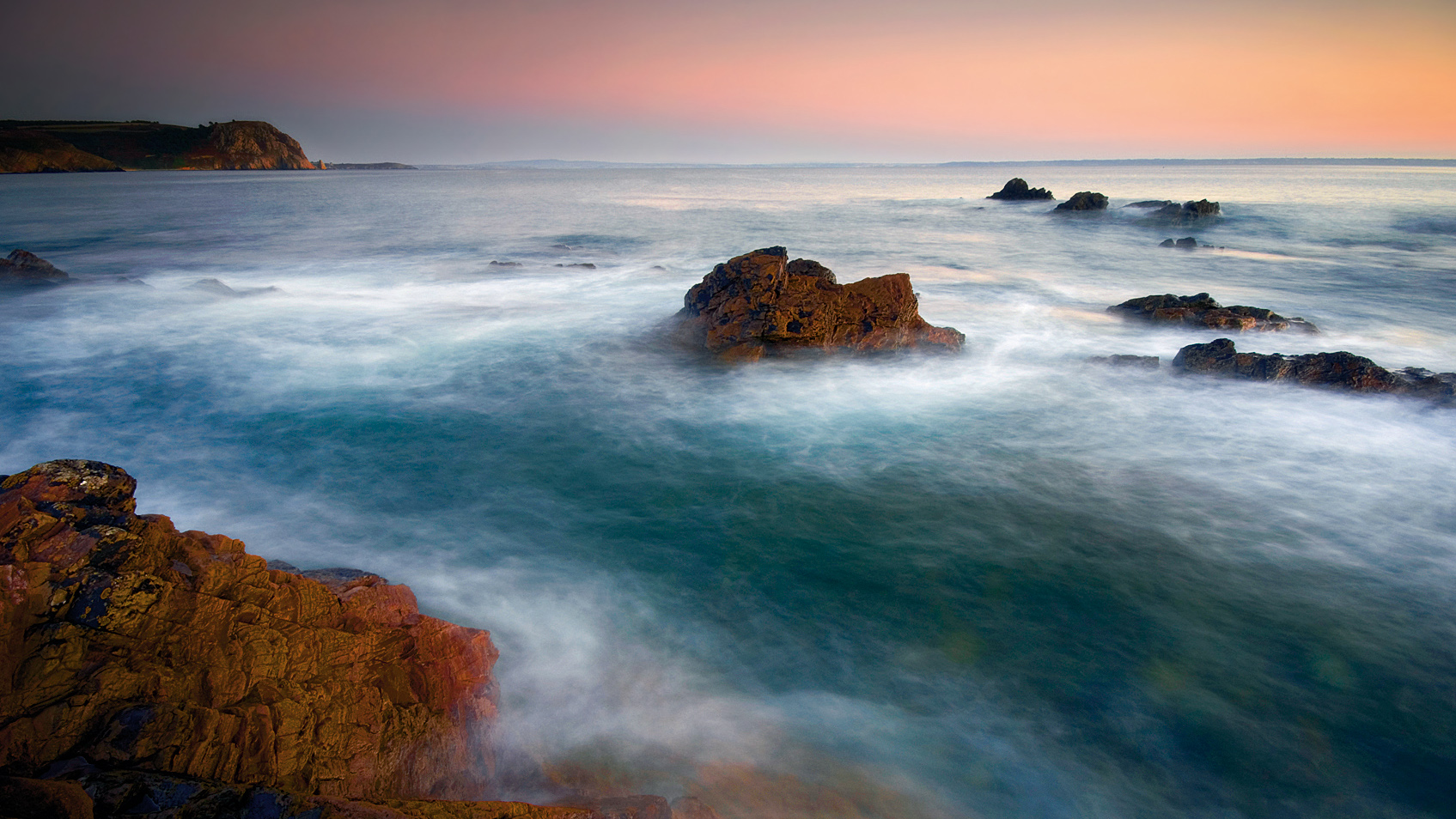
For slow shutter speeds in daylight, y'all'll demand to utilize a narrow aperture of around f/16 or f/22, but even at ISO100, this may be bereft to enable a long exposure. The trick is to use a neutral density filter. These vary in strength, but can turn a exposure that would terminal less than a second into one taking longer than 30 seconds.
- Ownership guide: Best ND filters: six meridian models tested
Problem No. 18: When I playback images on my camera'south LCD screen, parts of them are flashing - is that a fault?
This is simply a 'highlight alert' characteristic that is commonly activated or deactivated via the camera's playback menu. With information technology switched on, areas of the moving picture that are (or are shut to being) overexposed will flash or glimmer between black and white.
This warning enables yous to instantly see, for example, if you lot've lost all the detail out of the sky or other very lite areas in an image. Information technology'southward very useful when you're trying to retain highlight detail, equally you can dial in some underexposure compensation and re-shoot.
Trouble No. 19: Why practice my wink shots proceed coming out dark?
The almost likely explanation is that you're trying to shoot subjects that are too far away. Wink has a limited range, and born units are weaker than external flashguns.
Problem No. twenty: How can I become better looking portraits on sunny days?
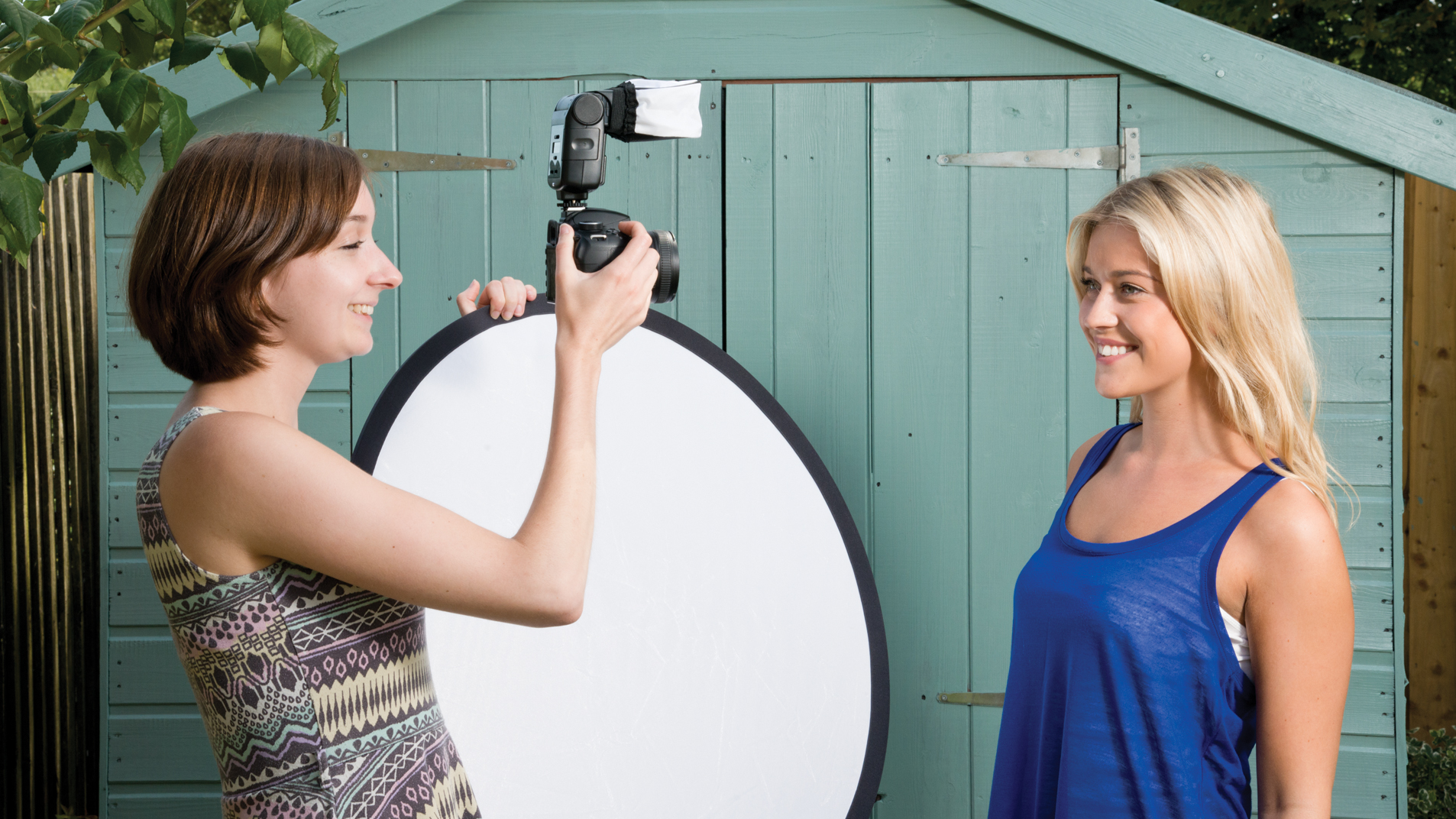
Sunshine is the enemy of portraiture, every bit it creates a hard and unflattering low-cal. When the lord's day is low in the sky, people will squint, and when information technology'south overhead, in that location will exist deep shadows that plow their eyes into black holes.
The answer is to get your subject to turn away from the sun, so they tin pose naturally, and to use fill up-wink to banish shadows. When using a flashgun with TTL (Through The Lens) metering, most cameras will do a decent job of balancing wink low-cal with ambient low-cal, giving fairly natural results.
Use the photographic camera's metering system every bit a guide, but don't exceed the maximum shutter speed for flash synchronisation - the wink sync - typically around ane/200 sec. The TTL flash exposure arrangement should enable the correct amount of illumination for fill-wink, but be prepared to dial-in some positive or negative flash exposure compensation. For ultimate control, switch to manual power settings on the flashgun and adjust the power for the all-time rest.
Some other skilful option for natural-looking make full wink is to use the flashgun off-camera, holding it high and to one side of the subject field, using an extension string or wireless connection.
- Learn more: Flash photography made piece of cake: from simple shots to avant-garde techniques
Trouble No. 21: When I take photographs of buildings, walls and roofs appear to bow outwards. What am I doing wrong?
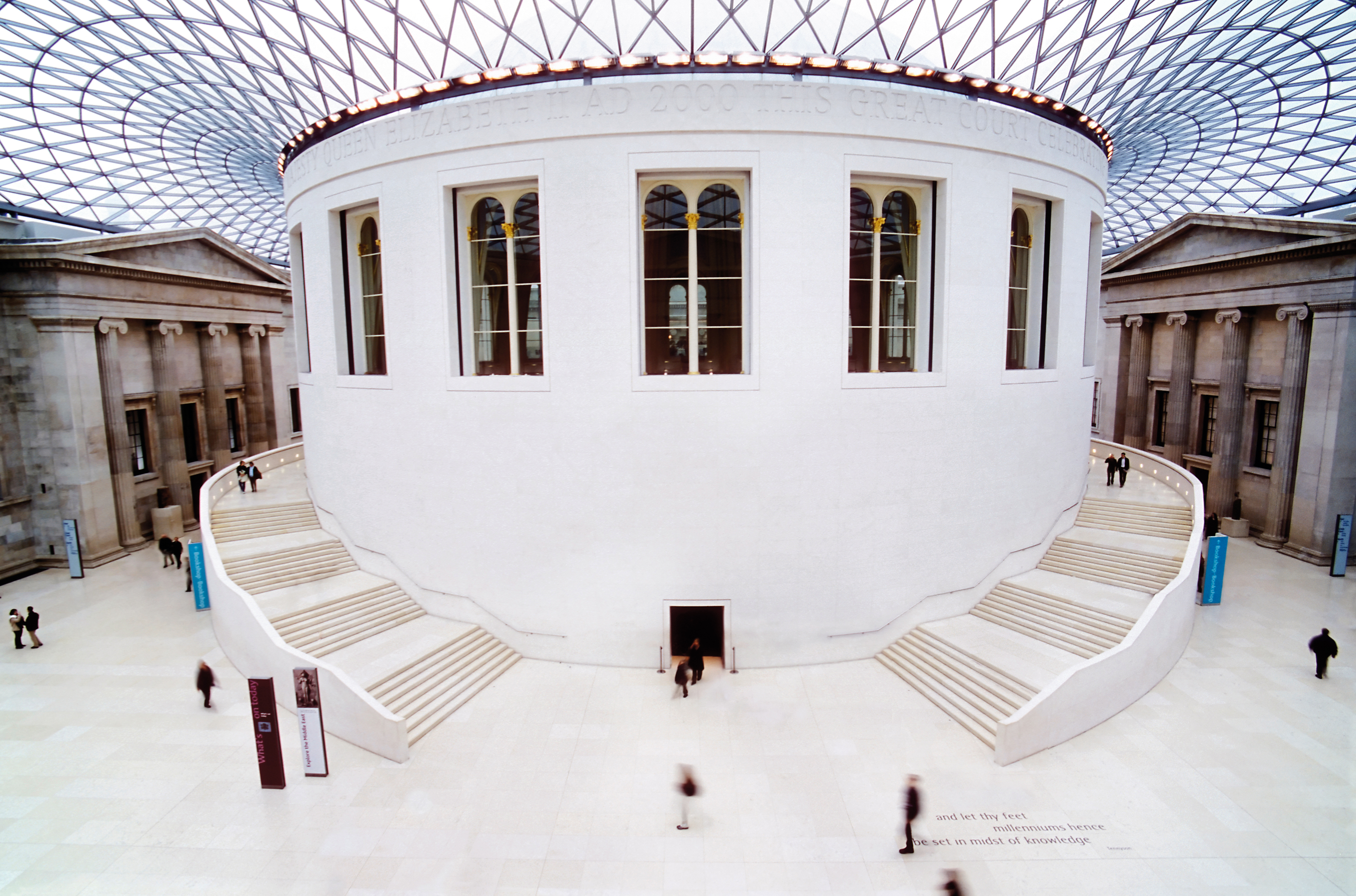
This is nigh likely caused by photographing these buildings from a fairly shut distance, using a wide-angle zoom setting. Wide-angle focal lengths tin effect in noticeable butt distortion, making the superlative, bottom and sides of the building appear to bow outwards.
You'll likewise need to point the camera upwards, which accentuates perspective and makes the sides appear to lean in towards each other towards the pinnacle. The solution is to keep your distance so y'all can use a moderate zoom setting of effectually 35mm (50mm on a total-frame camera).
For photographing alpine buildings, it's ideal if you can notice a vantage point that's higher than ground level - such as another edifice. You could utilise perspective correction when editing, but yous'll lose office of the frame, so get out plenty of infinite around the edifice when shooting.
Trouble No. 22: In all of my panning shots the background is as well sharp or everything'southward blurred. Can you requite me any tips?

It's difficult to find a shutter speed that's wearisome enough to create motion blur in the groundwork but fast enough to stop unwanted camera shake blurring the car or cycle that you're shooting.
Conduct in mind that you'd normally aim for a shutter speed of nearly 1/500 sec to avoid photographic camera shake when using a 300mm lens.
To create attractive motility blur in the groundwork, you need a much slower shutter speed of about 1/60 to 1/125 sec, and so developing an constructive panning technique is a must. To go panning right, place your feet comfortably far autonomously, and then that when you're facing forwards you're aiming at the position the vehicle volition exist in when you lot shoot it.
As the subject area passes, swivel from your hips rather than your upper body as smoothly as possible, and gently squeeze the shutter button rather than stabbing at it. Continue the panning move for equally long equally possible, even after yous've taken the shot.
Information technology does take a look of trail and error, then don't surrender if it doesn't work first fourth dimension out.
- Acquire more than: 9 tips for taking sports photos like a pro
Source: https://www.techradar.com/how-to/common-photography-problems-and-how-to-fix-them
Posted by: lambrightposix1941.blogspot.com



0 Response to "How Do I Get Pictures From My Canon Camera To My Computer?"
Post a Comment